|
We reported on new insights into cyclodextrins as supramolecular encapsulating agents by elucidating the structure and energetics of the complexes they form with phenolic acids. We carried out gas-phase studies monitored through mass spectrometry that allowed us to work in solvent-free conditions. We determined the relative binding affinities associated with these processes, as well as the unusual complex stoichiometry observed in the gas phase for a series of phenolic acids with α-CD, β-CD, and γ-CD. We propose an explanation of these uncommon stoichiometries through solvation effects involving the cyclodextrin host as the solvating species.
UA News and the College of Arts and Sciences featured our work on the ultrasensitive detection of heavy metals that has recently appeared in Advanced Functional Materials. The interview and writeup provide a nice summary of the work for the general public. We are grateful for the honor and for their work!
Heavy metal pollution threatens human, animal, and ecosystem health. Exposure to heavy metals has been linked to neurological disease, organ failure, and cancer, so methods for their rapid and simple detection are a scientific and technological priority. The Bonizzoni research group in the Department of Chemistry and Biochemistry at UA have recently published an article on the ultrasensitive detection of metal ions in seawater. The work was published in Advanced Functional Materials, a top-tier science journal reporting high-impact research in materials science (2020 IF 18.8).
Dr. Michael Ihde, who was a graduate student in our group when this work was carried out, led a collaboration with the Azoulay polymer synthesis group at the University of Southern Mississippi. He worked closely with Dr. Joshua Tropp (also a graduate student at the time), and with the Shiller trace metal detection group at Stennis Space Center. The collaborative work resulted in a new method for low-cost and rapid detection of multiple heavy metal pollutants at extremely low concentrations. The work combined the multivariate array sensing methods developed in the Bonizzoni group with highly emissive conjugated fluorene polyelectrolytes, developed in the Azoulay group and decorated with strong metal binding groups. The work also greatly benefited from the Shiller group's genuine environmental sample collected from the Gulf of Mexico and expertise in trace metal detection techniques. Michael has since completed his PhD at UA and, after spending a year as a visiting assistant professor at Hamilton College, has accepted a faculty position at Williams College starting in Fall 2022. Josh graduate from USM in Fall 2020 and is currently a postdoctoral fellow in the Rivnay research group at Northwestern University. 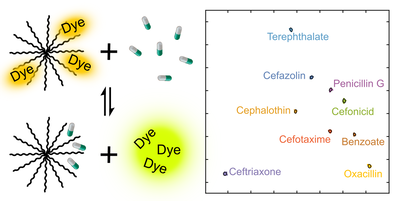 We recently published one last portion from Dr. Yifei Xu's dissertation work on the discrimination of beta-lactam antibiotics in water. This paper was recently published in a special issue of the journal Sensors dedicated to sensors and applications in diagnostics, food and environmental analysis. Yifei, a recent PhD graduate from our group, had previously published a method for discrimination and quantitation of carboxylates in neutral water. Expanding on that work, she was able to develop a method to discriminate carboxylate-containing antibiotics in water media. Widespread abuse of antibiotics (e.g. added to animal feed to improve growth rates, or prescribed in excess) leads to a reduction in their efficacy, and may harm the environment. Yifei's rapid optical chemical sensing method detects very common beta-lactam antibiotics in the penicillin and cephalosporin families in water. This work was also featured in a press release by the Alabama Water Institute. Congratulations Yifei! 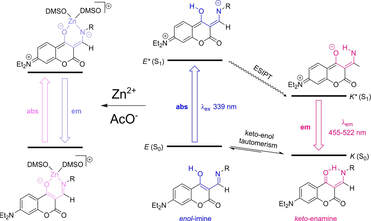 Our work on the detection and qualitative discrimination of ion pairs using a coumarin-based receptor and excited-state intramolecular proton transfer (ESIPT) has been published in Inorganic Chemistry. This work describes the results of structural studies (X-ray, NMR) on an ESIPT-capable ligand upon metal binding, including the influence of the metal's counter-anion. We describe the origin of the observed significant Stokes shifts (ca. 225 nm) and lower-energy fluorescence emission (ca. 575 nm) upon metal binding, and the role of the metal's counteranion to induce deprotonation of the ligand. These ligands displayed markedly different behavior toward the considered ion pairs, behaving as dual-channel fluorescent sensors whose response could be harnessed through pattern-based recognition for simultaneous analytical discrimination of metal ions and anions alike. 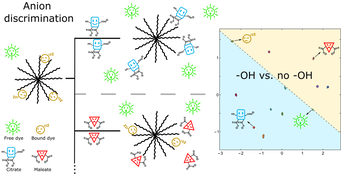 Yifei Xu, a fifth-year graduate student in our group, published a method for discrimination and quantitation of carboxylates in water at pH 7.4. Separation is carried out by a fluorescent sensor assembled from a dendritic polymer (PAMAM G5) and organic fluorescent dyes (Sensors 2021, 21, 3637); linear discriminant analysis (LDA) and principal component analysis (PCA) were used to differentiate 10 similar carboxylates with a LOD around 100 μM, with excellent structural identification and good concentration sensitivity, an uncommon feat for a pattern-based sensing system. This work was also featured in a press release by the Alabama Water Institute. Congratulations Yifei!
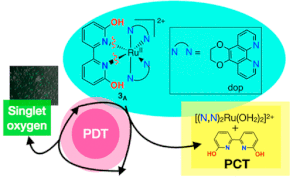 Our recent collaboration with the Papish and Kim groups at UA, and others, has been published in Inorganic Chemistry. Our contribution to this work related to the photophysics of these ruthenium - diimine complexes, namely measuring the energies of the 3MLCT excited state through steady state luminescence experiments on the protonated vs. deprotonated metal complexes. The work also relates this energetic change to the mechanism of formation of singlet oxygen, which results in the complexes' cytotoxicity and use as anti-cancer agents. Michael Ihde and Dr. Bonizzoni both presented talks at the Bays and Bayous Symposium, supported by the Mississippi-Alabama Sea Grant Consortium, on analytical approaches to contaminants in high-salinity environments (intracoastal brackish waters, seawater, the Gulf). The symposium transitioned online due to COVID restrictions.
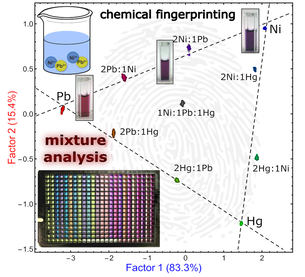 Pattern-based chemical recognition systems often struggle with mixtures of analytes: even if a system is trained to recognize two pure compounds, its response to their mixtures may not be directly predictable. This hinders the application of these sensing systems, giving rise to the "problem of mixtures". In our manuscript accepted by Analytical Chemistry Michael Ihde, a graduate student in our group, reported on a general approach and conditions leading to predictable response to mixtures of trained-for analytes. We also applied our approach to the pattern-based detection of metal ions, which often occur in mixtures. This will hopefully open promising further applications of these systems. 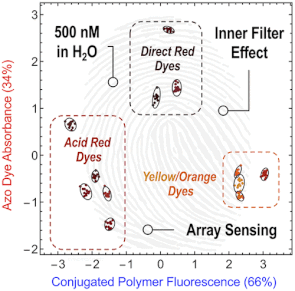 Our manuscript describing array sensing methods for the detection of azo dyes, common pollutants in industrial wastewaters, was accepted for publication in ACS Sensors. The work was conducted by Michael Ihde in our group, in collaboration with Josh Tropp in the Azoulay research group from the School of Polymer Science and Engineering at the University of Southern Mississippi. The method relies on purpose-built emissive fluorene conjugated co-polymers. These materials were decorated with pendant arms that changed the position and intensity of the polymers' absorption bands, producing a family of highly fluorogenic materials whose fluorescence modulation by non-specific interactions with dye analytes through the inner-filter effect (IFE) led to the successful discrimination of 12 chemically similar azo dyes in water.
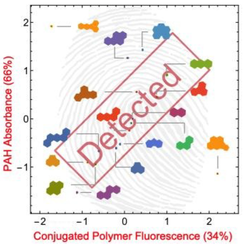 Our chemical fingerprinting method to discriminate polycyclic aromatic hydrocarbons (PAHs), persistent pollutants with significant health and environmental consequences, has been accepted for publication in Chemical Science. The method was developed by Nick White and Michael Ihde in our group, using polymers developed by Joshua Tropp and Dr. Jason Azoulay at the School of Polymers at the University of Southern Mississippi. Our method, based on detecting how PAHs affect the fluorescence of fluorene-based conjugated polymers through the inner-filter effect (IFE), was able to discriminate between 16 PAH compounds identified as priority pollutants by the US Environmental Protection Agency (EPA). Yifei, and Xiyuan, graduate students in the group, are organizing a student-led symposium at the upcoming Fall ACS meeting in San Diego (August 2019). They are lining up some really interesting speakers, so plan to stop by if you are at the conference!
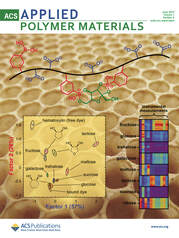 Carbohydrate sensing in water is very challenging. In collaboration with the Kharlampieva group at UAB, Xiaoli Liang in our group was recently able to improve the solubility of boronic acds in water and the affinity of their interaction with carbohydrates, by connecting phenylboronic acid moieties to a hydrophilic poly(methacrylic acid) polymer to generate a water-soluble copolymer that can be used as a supramolecular receptor. Coupled with an indicator displacement assay, this polymer was able to differentiate both monosaccharides and disaccharides in neutral aqueous solution. This work was recently published in ACS Applied Polymer Materials where it was featured on the cover (left). Gabrielle Covey, an experienced undergraduate researcher in our group, presented a talk at the ACS Southeastern Undergraduate Research Conference (SURC 2019) held this year at the University of Tennessee - Martin. She spoke on her research on metal complexation by modified rhodamine dyes carried out in collaboration with the Wallace Group at the University of Southern Mississippi.
Just like past years, many of us participated in the presentations at the 2018 Southeastern Regional Meeting of the American Chemical Society (SERMACS 2018, Augusta, GA).
Michael, Xiaoli, and Yifei, three graduate students in the group, organized a student-led symposium at the Fall ACS meeting in Boston (August 2018). The speaker lineup was stellar! Addison Iszler, an undergraduate researcher in our group working on the characterization of "knockout" analogues of PAMAM dendrimers who was recently recognized with the Randall research award, presented a poster at the Undergraduate Research and Creative Activities conference today on the UA campus. Good job Addie!
Our paper on the thermodynamic origin of the selectivity (or lack thereof) of a transition metal based receptor to a series of anions, stemming from work done by Michele Invernici, a visiting graduate student from Italy who spent six months in our group, has been accepted for publication in Chemistry - a European Journal! Here is a link: http://dx.doi.org/10.1002/chem.201800067
Dr. Bonizzoni was invited to present at the 2017 CASE (Catalysis and Sensing for our Environment) conference, organized in Shanghai, China by Prof. Yujun Yang (ECUST). Xiaoli presented a poster today on the detection of sugars using boronated polymers at the 5th WiSE (Women in STEM Experience) Symposium organized by the University of Alabama. Her poster was selected to win the First Prize Poster Award! Congratulations Xiaoli!
Dr. Bonizzoni's invited contribution on fluorescent sensors based on indicator displacement assays for Comprehensive Supramolecular Chemistry II (ed. Jeffrey Atwood) has been accepted and published on the web (ScienceDirect link).
|
Categories
All
Archives
March 2024
|

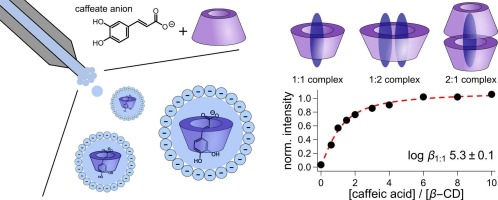
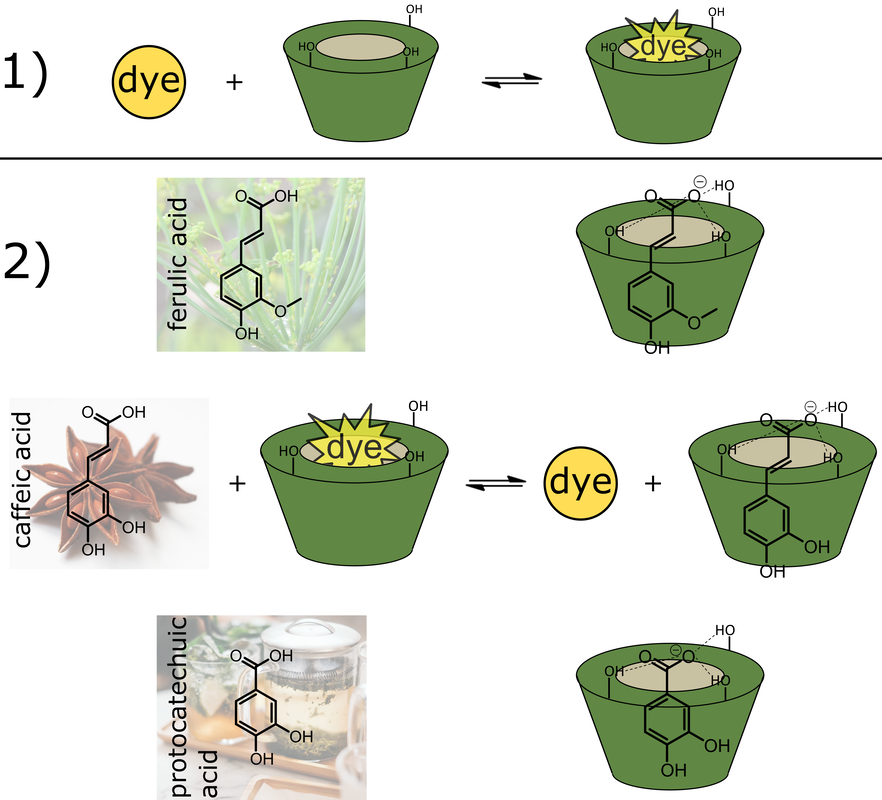
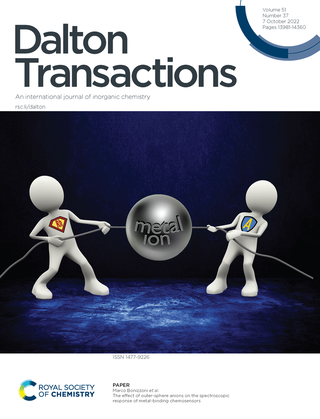
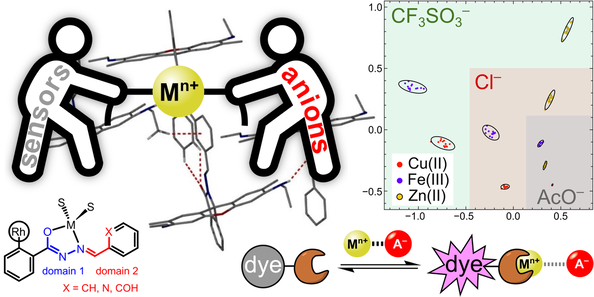

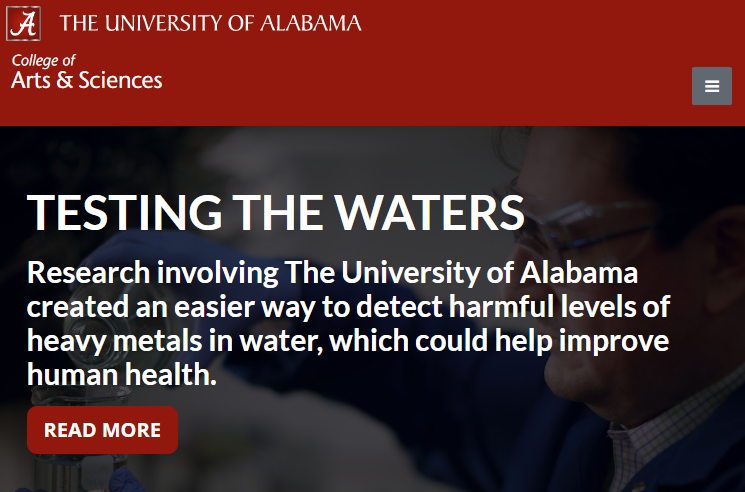

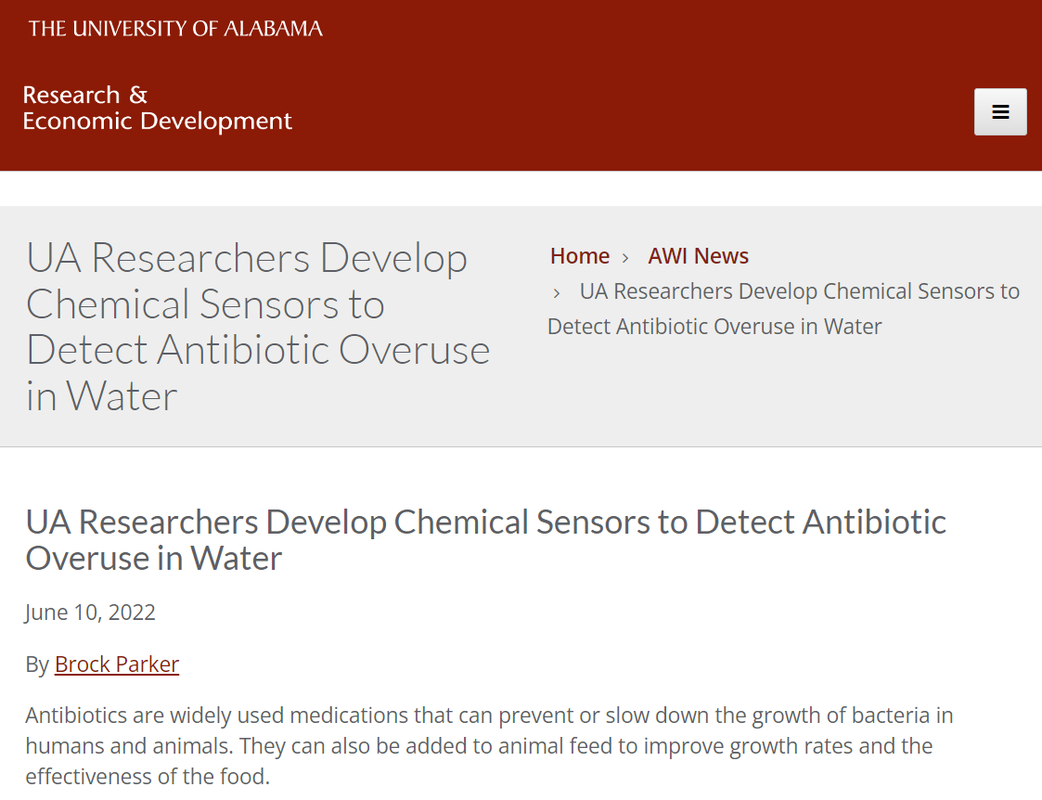
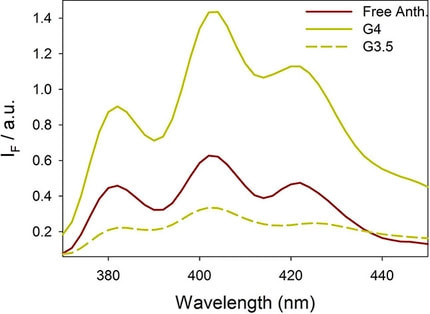
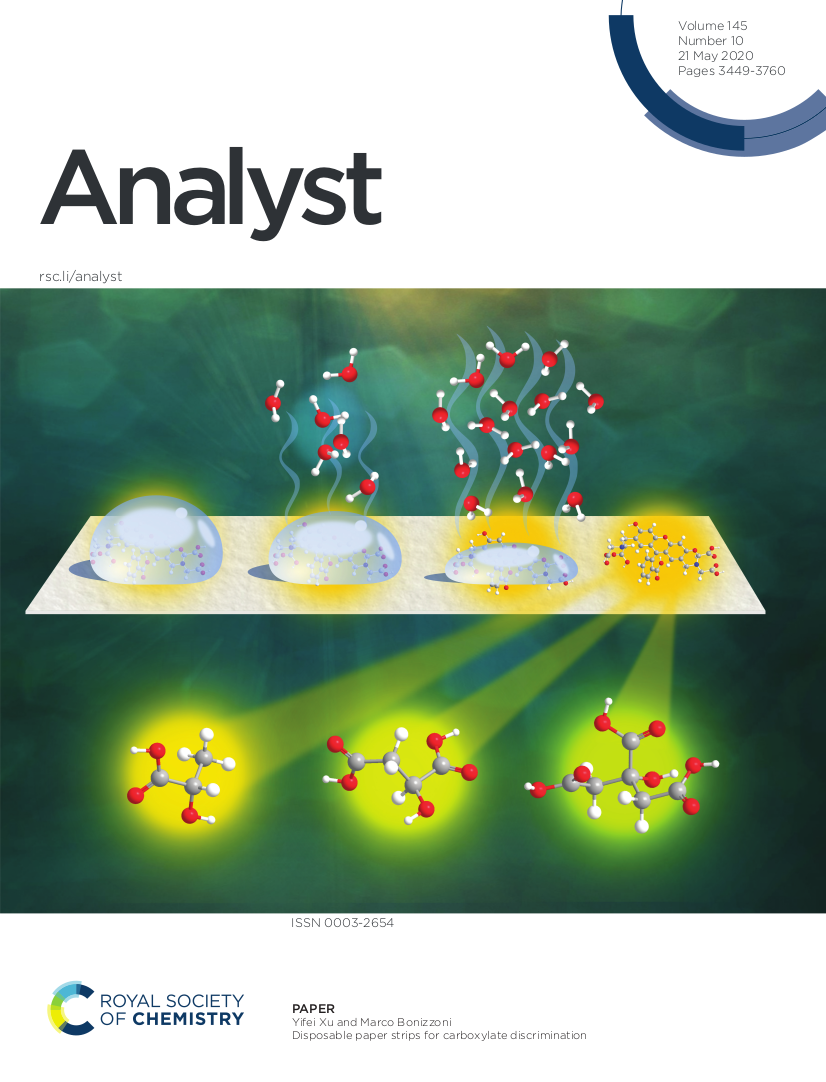
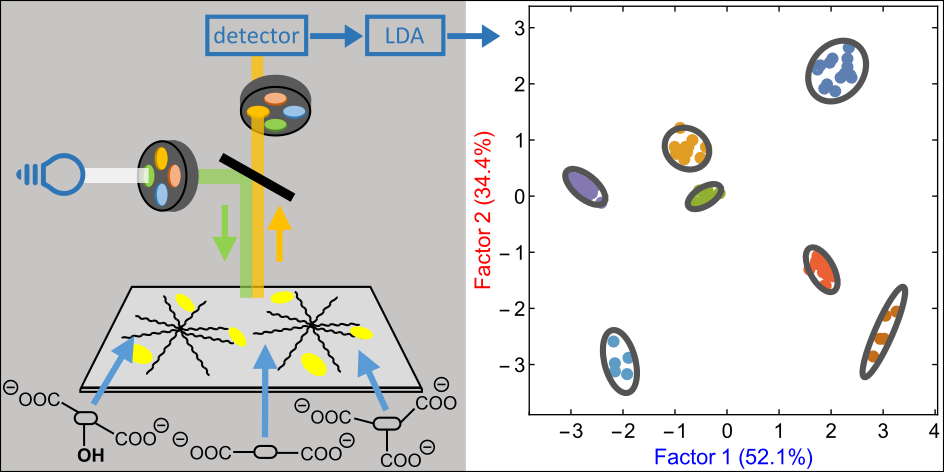
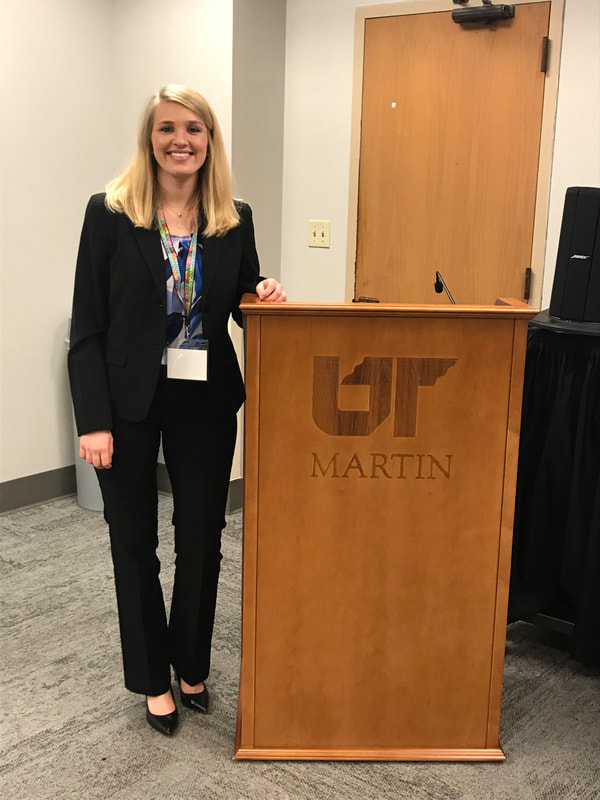
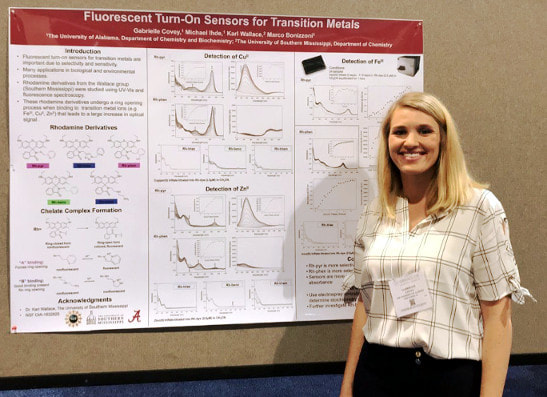
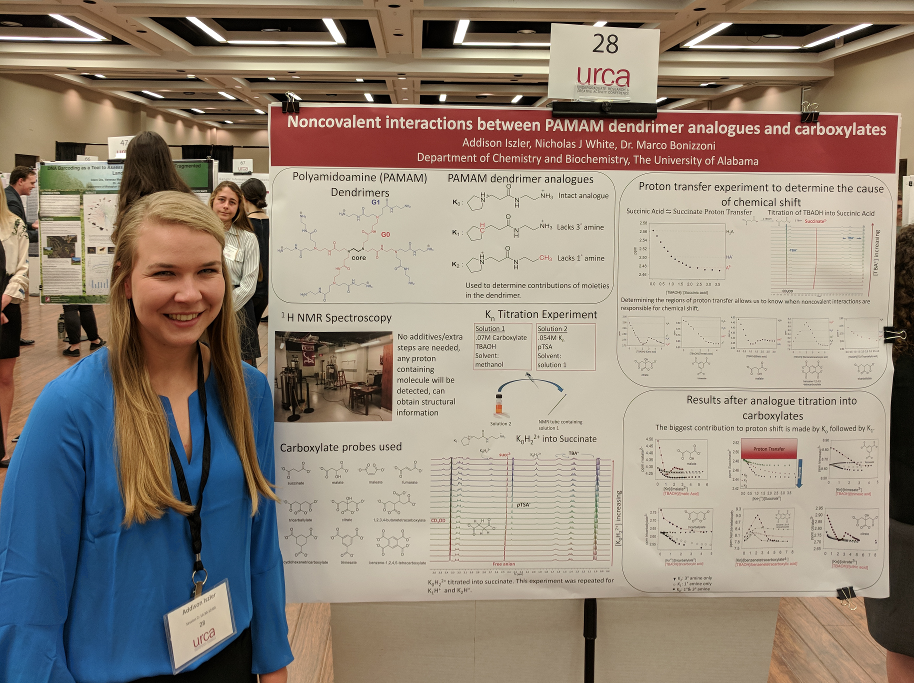


 RSS Feed
RSS Feed
